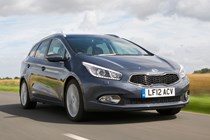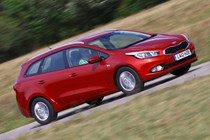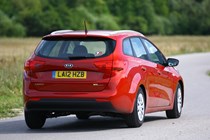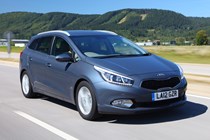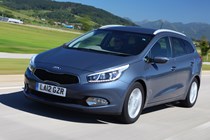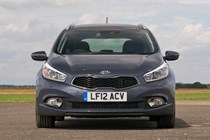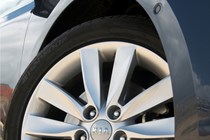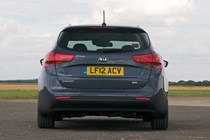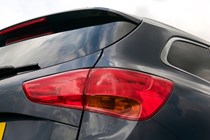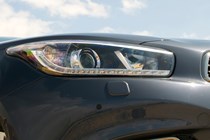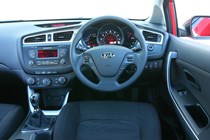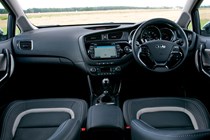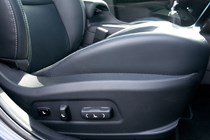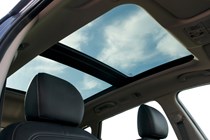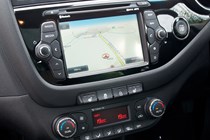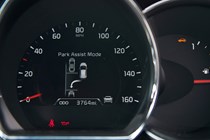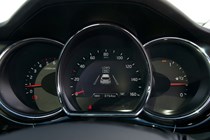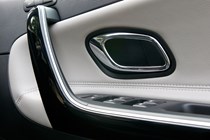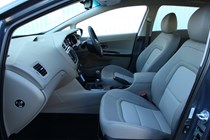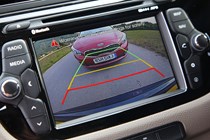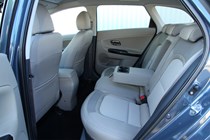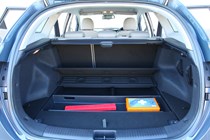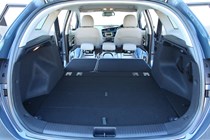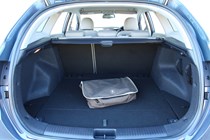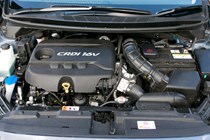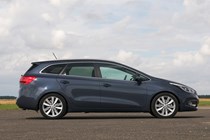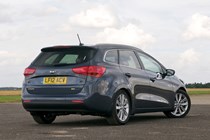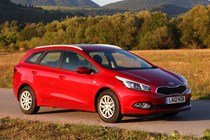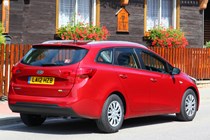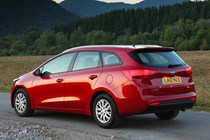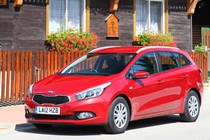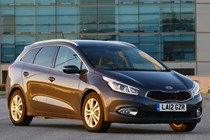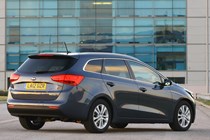Kia Ceed Sportswagon (2012-2018) engines, drive and performance
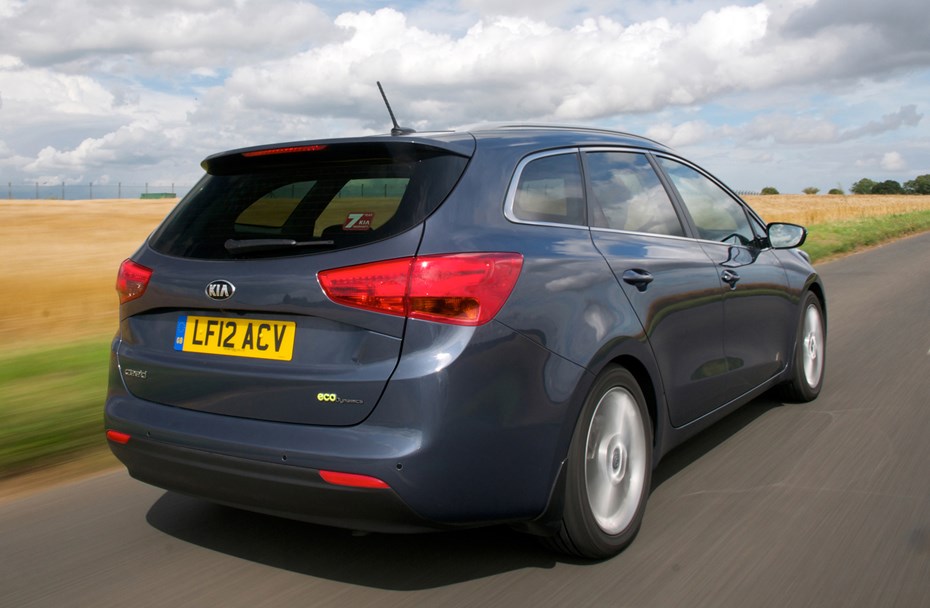
Kia Ceed Sportswagon performance comes courtesy of a range of four engines, split equally between petrol and diesel choices.
Petrol power
There’s a limited range of petrol engines for the Kia Ceed Sportswagon, compared to its five-door Ceed hatchback counterpart.
First up is the entry-level 98bhp 1.4-litre producing just 134Nm of torque at 4,200rpm.
It comes with a six-speed manual gearbox as standard and you’ll have to work it considerably to extract the performance potential from it. Kia claims a top speed of 112mph and a 0-62mph time of 12.6 seconds.
Of more interest is the new 118bhp three-cylinder, 1-litre ecoTurbo power plant that joined the Sportswagon range in 2015 – the less powerful 98bhp edition isn’t available with the estate body style.
It’s no ball of fire but the linear performance delivery and 171Nm f torque from just 1,500rpm means it’s an enjoyable and surprisingly lively car to drive, despite its 116mph top speed and requiring 11 seconds for the 0-62mph sprint.
Diesel alternatives
Two diesels are on offer for the Kia Ceed Sportswagon, although the 89bhp 1.4-litre CRDi is confined to the entry-level trim.
You won’t be surprised to learn that performance is hardly sparkling with this motor, Kia claiming a top speed of 107mph and a 0-62mph time of 13.4 seconds.
Most will choose the more powerful 1.6-litre CRDi for its combination of improved performance and fine efficiency. It produced 126bhp from launch but this increased to 134bhp for the 2016 model year.
There was an increase in torque, too, reaching 280Nm at 1,500rpm for the six-speed manual and 300Nm at 1,750rpm for the new seven-speed dual-clutch automatic.
Choose the Ceed Sportswagon with this engine and the manual gearbox and it’ll reach 121 mph, completing the 0-62mph sprint in 10.1 seconds. Switch to the seven-speed automatic and you’ll be looking at 122mph and 10.5 seconds, respectively.
Kia cee’d Sportswagon handling is competent and capable, although not the last word in engagement or excitement. That, however, isn’t what the majority of buyers will be looking for. The entry-level ‘1’ versions are easy to drive and manoeuvre, and offer plenty of grip in corners, but the steering doesn’t have enough weight or precision. There’s also very little in the way of feedback, so while the car is safe and controllable it can feel a little unnerving when taking corners at speed.
‘2’ trim versions of the cars and upwards come with Kia’s “Flex Steer” system. This offers three modes: Normal, Comfort and Sport. Each option progressively increases the weight of the steering. Although the difference between the modes is minimal the additional steering weight in ‘Sport’ mode helps make the Kia feel a lot more reassured and precise, although still lacking in feedback, when cornering quickly.
The Sportswagon isn’t as good to drive as an equivalent Focus or Golf as a result. All versions corner without excess body roll, however, and remain composed even on rougher roads and at higher speeds. A wide range of driver aids, including electronic stability control, help keep the Sportswagon in shape if you are pushing on a little. Further improving driver confidence are the Kia’s good brakes.
The car features ventilated discs at the front, solid discs at the rear, an anti-lock braking system and brake force distribution and assistance technology.



